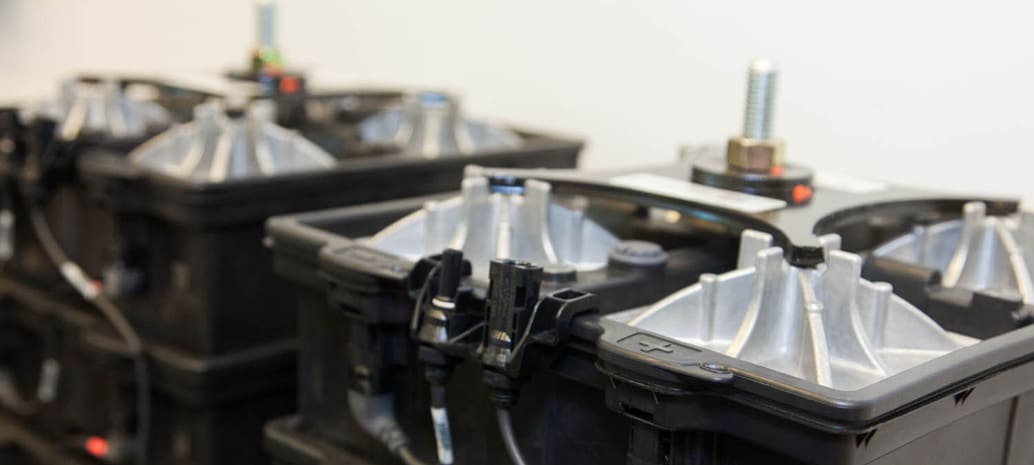New analysis by IHS Markit published today estimates that the global battery energy storage pipeline for the utility-side-of-the-meter sector reached 3.4 GW by the end of the first quarter (Q1) of this year.
The latest Energy Storage Intelligence Service report by IHS Markit reveals that, of the 390 MW ‘uptick’ in the pipeline (the amount added since the last quarterly assessment in Q4 2016), the majority of new demand is emanating from Asia and Australia.
For the first time ever, Asian demand – driven by China and a growing thirst for storage in India – stands at more than one-third of the global pipeline. IHS Markit forecasts these countries, as well as South Korea, to continue to increase demand drastically over the next few years.
In contrast, the pipeline in the Europe, Middle East and Africa region only grew by 30 MW during the quarter, which represents a significant slowdown on Q4 2016, when projects announced at the U.K.’s capacity auction helped boost the region’s utility-scale storage pipeline by more than 400 MW.
Further contraction was also recorded in the Americas as project completions exceeded announcements. Most notably, the bringing online of more than 100 MW of storage capacity in California in early 2017 ate into the pipeline. This energetic start to the year was largely down to South California Edison and San Diego Gas and Electric responding to the damaging Aliso Canyon gas leak that had restricted the availability of gas peaker plants to provide peak-time power, IHS Markit said.
These trends, say the analysts, point to a divergence in grid-scale battery applications where longer duration technologies and projects are being favored. Previously, utility-scale storage was the preserve of short-term ancillary services such as frequency regulation, but now more and more projects are becoming viable for providing peaking capacity – as seen in California’s response to the Aliso Canyon leak and the U.K.’s embrace of batteries for its capacity market.
As a result, the IHS Markit report concluded, the economics of large-scale batteries are improving, and the technology is to set to make more economic sense for longer-term application as chemistries evolve to provide a wider range of applications that are critical for the growth of the storage industry.
This content is protected by copyright and may not be reused. If you want to cooperate with us and would like to reuse some of our content, please contact: editors@pv-magazine.com.








By submitting this form you agree to pv magazine using your data for the purposes of publishing your comment.
Your personal data will only be disclosed or otherwise transmitted to third parties for the purposes of spam filtering or if this is necessary for technical maintenance of the website. Any other transfer to third parties will not take place unless this is justified on the basis of applicable data protection regulations or if pv magazine is legally obliged to do so.
You may revoke this consent at any time with effect for the future, in which case your personal data will be deleted immediately. Otherwise, your data will be deleted if pv magazine has processed your request or the purpose of data storage is fulfilled.
Further information on data privacy can be found in our Data Protection Policy.